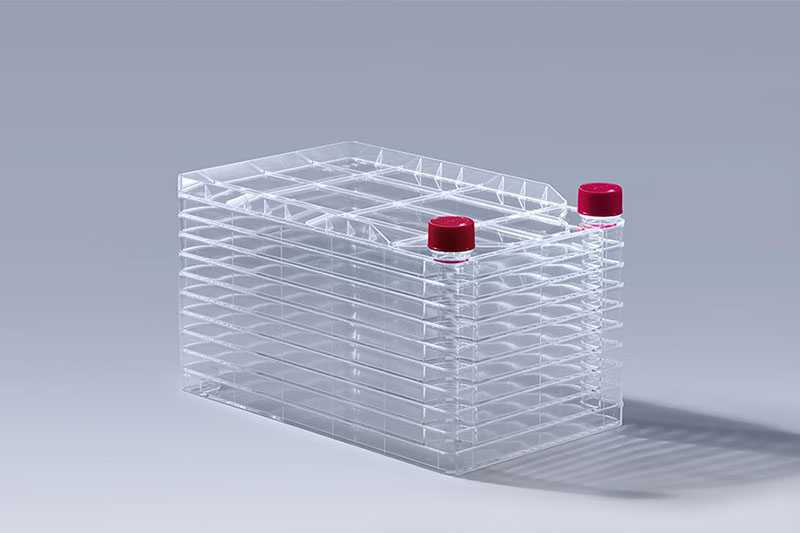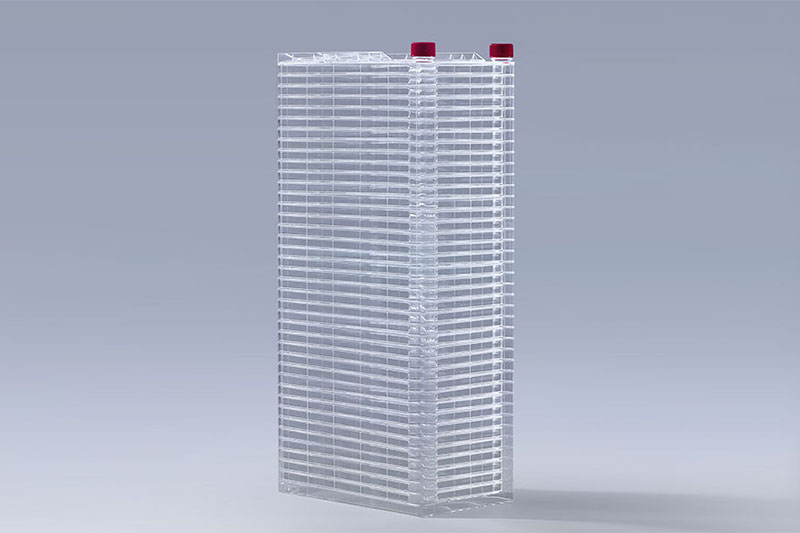Mycoplasma contamination of cells is a very troublesome problem when culturing cells, especially in the use of large-scale culture vessels such as cell factory. Once mycoplasma contamination occurs, the loss will be even greater. So, what is the cause of mycoplasma contamination?
Mycoplasma is a prokaryotic organism with a size of only 0.2-0.3 um, no cell wall, and can pass through a general filter membrane (0.22-0.45 um). During cell culture, the incidence of mycoplasma infection reaches 63%, so during cell culture Contamination by mycoplasma is a worldwide problem. When cells (especially passage cells) are contaminated by mycoplasma, the expression of DNA, RNA and protein in the cells will change, but the growth rate of cells generally does not have a significant impact, so the contamination of cells by mycoplasma is generally difficult to detect. In most cases, the cytopathic changes are slight or insignificant, and subtle changes can also be alleviated by subculture and medium replacement, so they are easily overlooked. However, in severe cases, the cells may proliferate slowly and even fall off from the cell factory.
FuDau 10-Layers-Cell-Factory-TC-Treated
If the cells in the cell factory are contaminated by mycoplasma, it is mainly due to the following four reasons: 1. Cross-contamination between cells; 2. Mouth and skin of cell culture operators; 3. Contamination of the working environment or experimental equipment; 4. Culture base pollution.
FuDau 40-Layers-Cell-Factory-TC-Treated
The above are several reasons for mycoplasma contamination in the cell factory. To avoid this situation, we need to pay attention not to operate two different cells at one time, pay attention to aseptic operation and personal hygiene, etc., to ensure the quality of the medium.
The FAI climbed 5.9 percent year-on-year in the first 11 months of 2018, quickening from the 5.7-percent growth in Jan-Oct, the National Bureau of Statistics (NBS) said Friday in an online statement.
The key indicator of investment, dubbed a major growth driver, hit the bottom in August and has since started to rebound steadily.
In the face of emerging economic challenges home and abroad, China has stepped up efforts to stabilize investment, in particular rolling out measures to motivate private investors and channel funds into infrastructure.
Friday's data showed private investment, accounting for more than 60 percent of the total FAI, expanded by a brisk 8.7 percent.
NBS spokesperson Mao Shengyong said funds into weak economic links registered rapid increases as investment in environmental protection and agriculture jumped 42 percent and 12.5 percent respectively, much faster than the average.
In breakdown, investment in high-tech and equipment manufacturing remained vigorous with 16.1-percent and 11.6-percent increases respectively in the first 11 months. Infrastructure investment gained 3.7 percent, staying flat. Investment in property development rose 9.7 percent, also unchanged.
 English
English




















































